What's Up? - Ohio Skylights December 2024
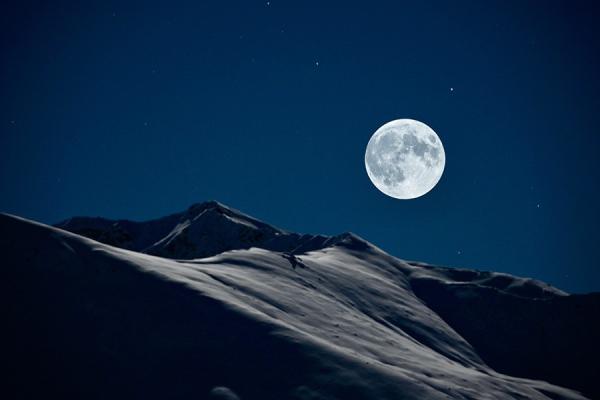
Constellations, Planets, and Astronomical Events Visible in December 2024
Happy December! 2024 is rolling to a close as the days get shorter and shorter. We start the month with sunrise at about 7:30 am and sunset at about 5:00 pm. The day will get shorter until we reach the Winter Solstice on December 21st. On that day the sun will rise at 7:50 am and set at 5:10 pm leaving us with only about 9 hours and 20 minutes of daylight, making this the shortest day of the year for the Northern Hemisphere. After this the day will get longer by about 3 minutes at the end of the month and continue to get longer throughout the winter season.
There will be two new moons this month on December 1st and December 30th meaning two chances to get great views of the night sky! The full month this month will be on December 15th. December’s full moon is known as the Cold Moon by some Native American tribes since it signals the beginning of the cold winter.
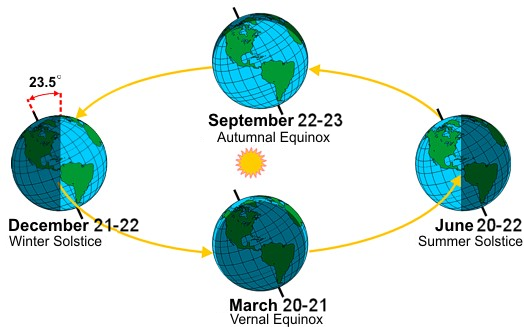
Mercury will be at its greatest western elongation on December 25th being 22 degrees away from the Sun on the sky. You will be able to see it above the horizon just before sunrise which will be at 7:52 am. Venus will be visible above the western horizon after sunset, and it will appear higher in the sky throughout the month. Mars will rise in the eastern sky around 9:00 pm at the beginning of the month and 7:00 pm at the end of the month.
On December 7th Jupiter will be at opposition which means it will be at its biggest and brightest! If you want a more detailed explanation of what opposition means take a look at the September 2024 edition where I talked about Saturn’s opposition. In the picture below you can see the difference in apparent size of Jupiter between opposition and conjunction (when Jupiter is furthest from the Earth).
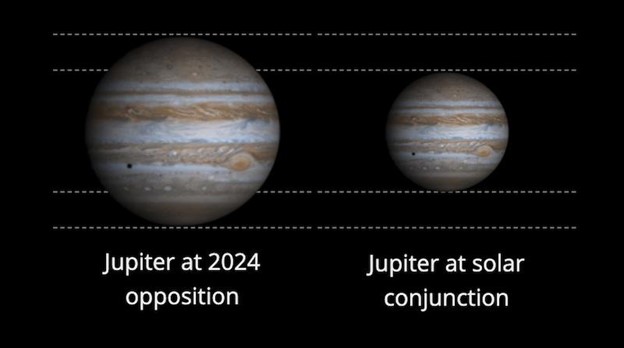
Saturn will be visible in the sky trailing behind Venus in the southern sky after sunset. If you were interested in the string of meteor showers the last couple of months, then this month will bring an exciting opportunity. The Geminids meteor shower is one of the largest showers all year producing up to 120 meteors per hour during its peak on December 13th and 14th. Unfortunately, the full moon will be out all night, but if you are patient, you may be able to spot some bright meteors throughout the night. As the name suggests the meteors will radiate from the constellation Gemini.
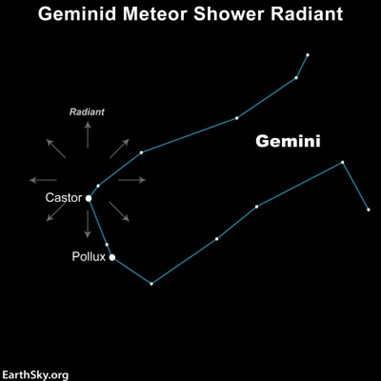
The winter sky has many bright constellations that are easy to see even when you are in Columbus. To find some of these constellations I like to start with finding the constellation Orion since it is easy to spot the distinct “belt” made of three stars. Starting at the belt you can try to make out the rest of the constellation and even identify a couple of bright stars such as Betelgeuse (Orion’s left shoulder) and Rigel (Orion’s right foot). Below Orion’s belt you can also find the Orion Nebula, an active star forming region. The left of the belt points to the brightest star in the sky, Sirius, which is part of the constellation Canis Major. To the right of the belt, you can find the constellation Taurus and Pleiades, an open star cluster. Above Orion you can find the constellation Gemini.
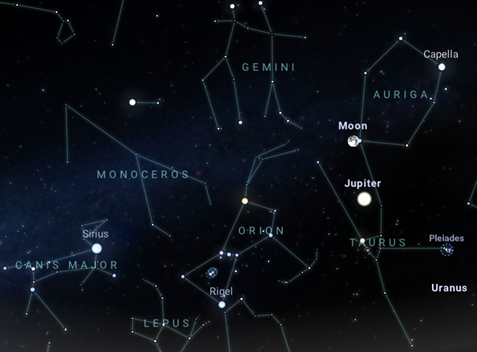
Sources:
- https://www.timeanddate.com/sun/usa/columbus?month=12
- http://www.seasky.org/astronomy/astronomy-calendar-2024.html
- https://stellarium-web.org/
Image Credit:
- Earth Orbit Diagram: https://www.weather.gov/cle/Seasons
- Jupiter Opposition: https://in-the-sky.org/news.php?id=20241207_12_100
- Geminids: https://earthsky.org/astronomy-essentials/everything-you-need-to-know-geminid-meteor-shower/
- Constellations: https://stellarium-web.org/
